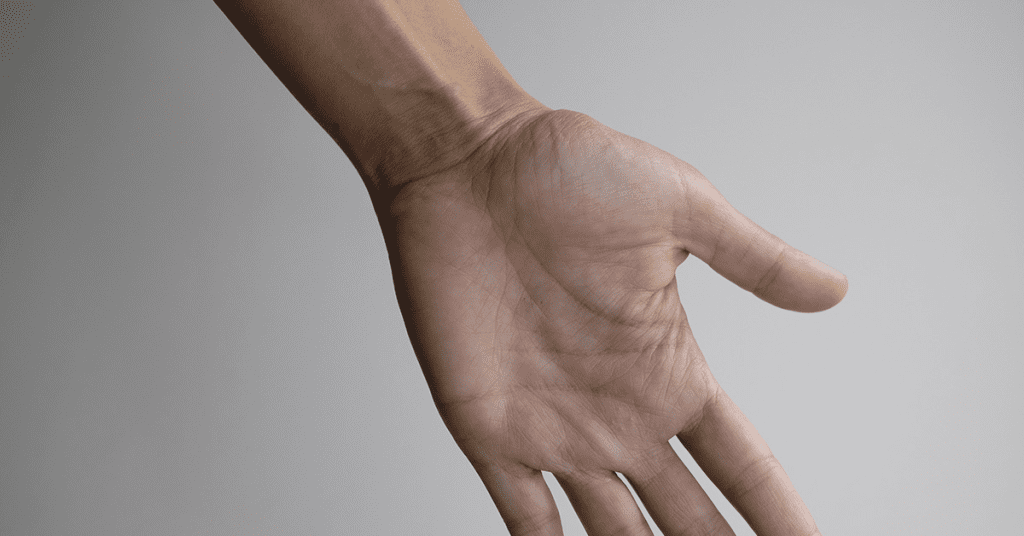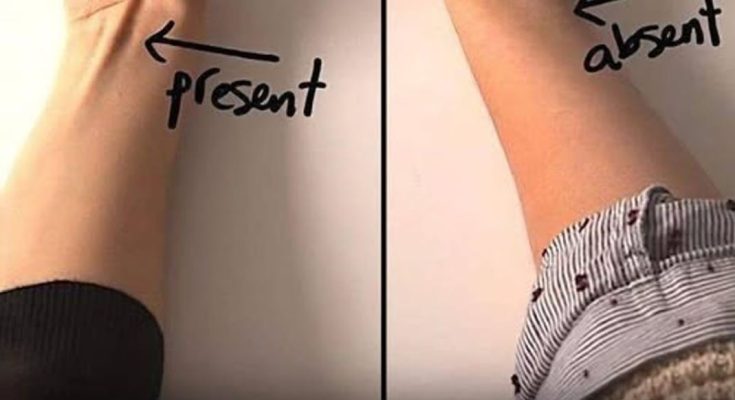Evolution is an intriguing and enigmatic phenomenon that has captivated the minds of scientists and laypeople alike. The idea that all mammals, including ourselves, are interconnected in some profound way is both fascinating and challenging to fully comprehend. Where can we find tangible proof of this evolutionary heritage?
The answer lies closer than you might think – within our very own bodies. Numerous internal and external characteristics we possess are merely remnants passed down from our predecessors. Many of these features no longer serve a practical purpose in our current lives, yet they persist, serving as a living record of our ancestral past.
Take, for instance, the strange sensation of getting goosebumps. This physiological response is not merely a random occurrence, but rather a vestige of our mammalian ancestors’ struggle to retain heat in colder environments. When experiencing cold temperatures, our primate forebears had a familiar way of dealing with the problem – by increasing their surface area to conserve body heat.

A muscle connected to our arm hairs contracts when we are cold, causing the hairs to stand upright and creating those familiar bumps on the skin. This mechanism, known as the pilomotor reflex, is a remnant of a once-crucial adaptation for survival. Today, apart from reminding us that we should have brought a coat, this trait serves little practical purpose in our modern lives.
However, we can still observe this biological instinct in action among our fellow mammals. When facing chilly weather, you might have noticed a pigeon puffing up its feathers to keep warm – a clear demonstration of this evolutionary vestige in action.
Moreover, when an animal feels threatened, such as when you startle a cat, you’ll notice their fur will puff out. This defense mechanism is an ancient adaptation aimed at deceiving potential attackers by creating the illusion of a larger size. Once again, this trait is a tangible link to our shared evolutionary past.
However, perhaps the most remarkable evidence of evolution lies within our arms, specifically within our tendons. There is a tendon that has been evolutionarily phased out in almost 10-15% of the human population, suggesting that we humans are far from reaching the end of our evolutionary journey.
